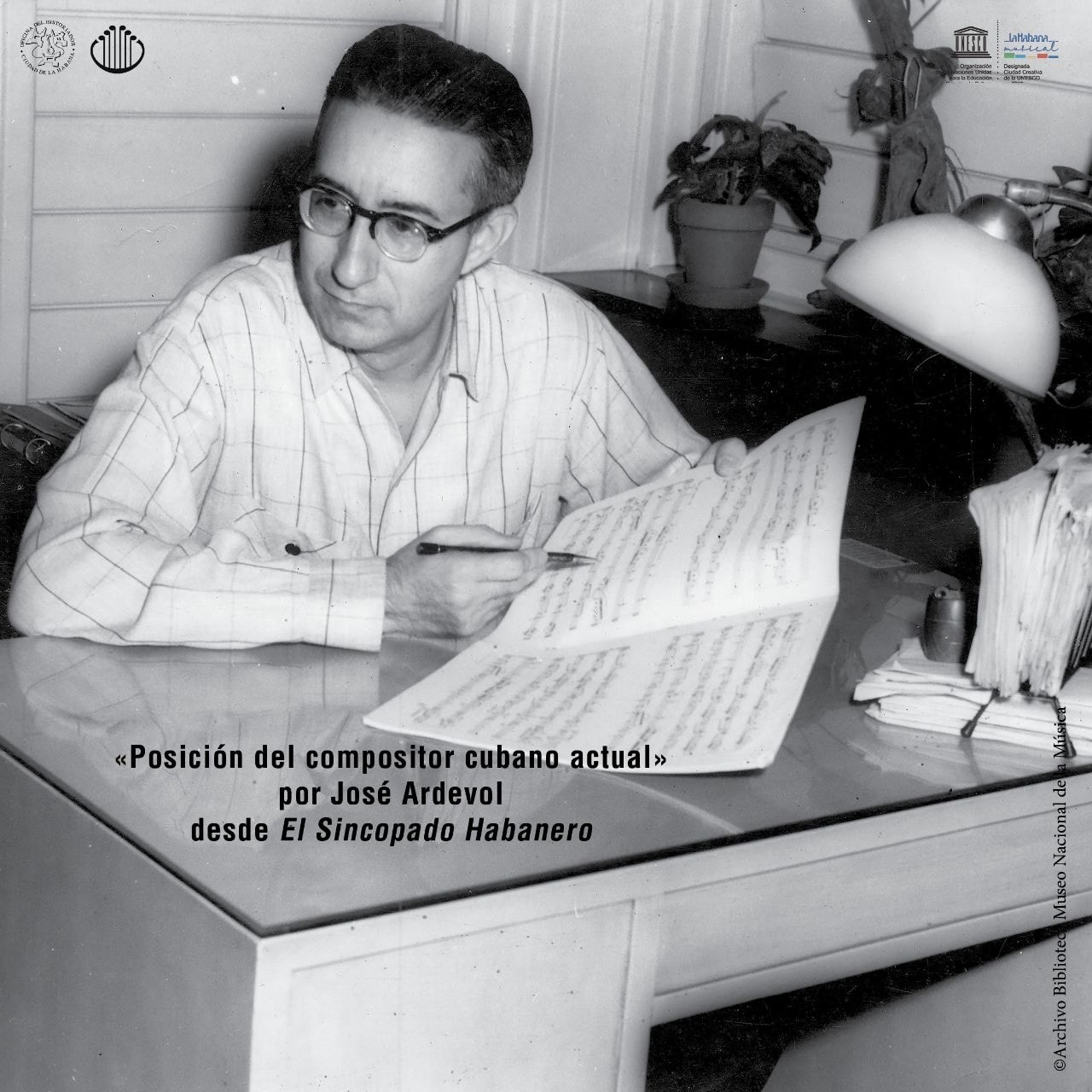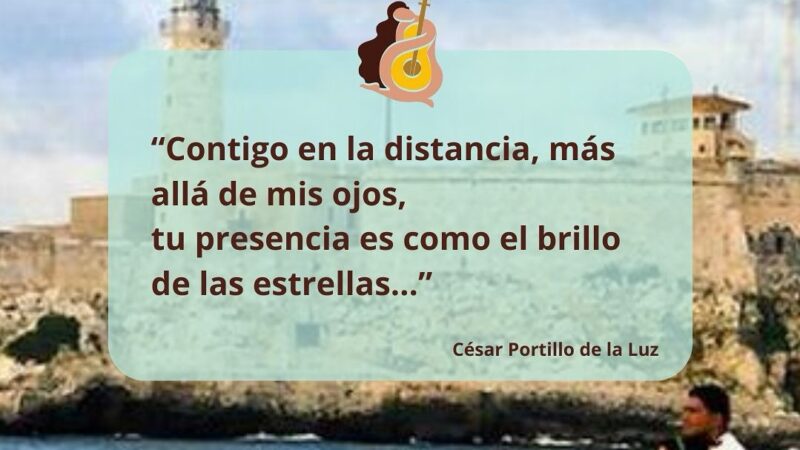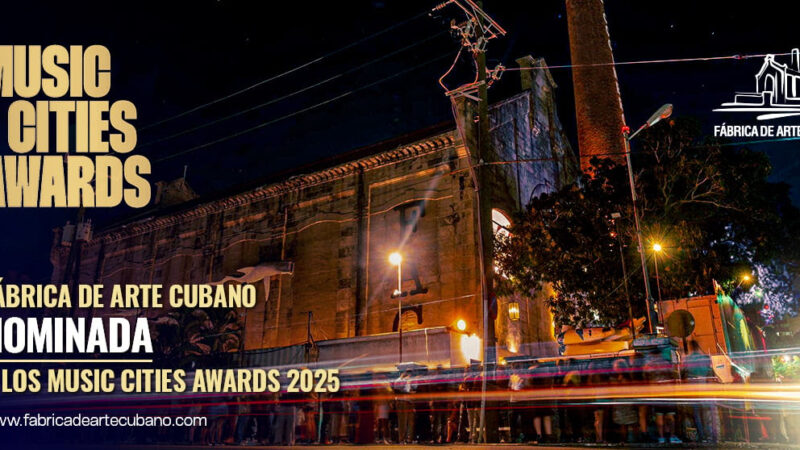José Ardévol and the Promotion of Music in Cuba

“I believe José Ardévol is the finest teacher the current generation of Cuban composers could have found.” This was how Alejo Carpentier described him in 1944. Years later, reflecting on Ardévol’s impact, Carpentier added: “Ardévol’s presence and work propelled Cuban music to take a remarkable leap forward. Today, Cuba boasts one of the most vibrant and well-directed musical movements in Latin America.”
For musicologist Leonardo Depestre Catony, Ardévol’s legacy lies in his triple role as composer, pianist, and educator. At 19, he studied orchestration with Hermann Scherchen in Germany. By 1930, he had moved to Cuba, where he delved into music history and aesthetics at the Havana Conservatory (1936–1941) and pursued composition at the University of Havana (1945–1950) and the University of Oriente (1949–1951).
Upon arriving in Havana, Ardévol quickly immersed himself in the city’s musical scene, collaborating with key figures Amadeo Roldán and Alejandro García Caturla. By 1931, he was lecturing, performing concerts, and emerging as a composer.
“In 1938, he married Cuban María Isabel López Rovirosa and secured the chair of Music History and Aesthetics at the Havana Municipal Conservatory,” notes researcher Cristóbal Díaz-Ayala. “When Roldán fell gravely ill in 1937—eventually passing in 1939—Ardévol took over his courses in Harmony and Counterpoint, juggling twelve simultaneous classes. From 1941 onward, he hosted weekly Sunday morning sessions on Musical Appreciation. All while conducting the Havana Chamber Orchestra’s monthly concerts and continuing to compose.”
In 1934, Ardévol founded the Havana Chamber Orchestra, leading it until 1952. He later co-founded the Musical Renewal Group in 1942, a collective dedicated to modernizing Cuba’s musical landscape. Composer and guitarist Marta Valdés highlights its significance: “Amid the turbulence of the early 1940s, a new generation of composers needed direction. Ardévol united these talents under his mentorship, shaping a movement whose impact is undeniable when we consider the future giants he nurtured.”
After the 1959 Revolution, Ardévol was entrusted with reshaping Cuba’s music education system. He directed radio orchestras for the Ministry of Education, served as National Music Director, taught at the Havana Conservatory (1965) and the National Music School (1968), and edited the journal Revolución. Valdés emphasizes: “The Revolution gave Ardévol the monumental task of designing an enduring musical pedagogy, one that still stands today, albeit evolved.”
Díaz-Ayala adds: “He briefly led CMZ Radio’s music programming before heading the Music and Dance Division at the Ministry of Education. Despite administrative roles, he continued teaching composition at the Amadeo Roldán Conservatory, writing music criticism for Revolución and La Calle, and later becoming Technical Director of Music Education at the National Art School. In 1976, he was appointed dean of the Music Faculty at Havana’s newly founded Higher Institute of Art.”
Ardévol’s early works blended neoclassicism with nationalism, but by the 1940s, he embraced atonality, influenced by Anton Webern. Notable pieces include Cuban Suites, Tres Ricercari, and Chamber Music, alongside orchestral works and vocal compositions. His Music for Small Orchestra debuted at the 1958 Inter-American Music Festival in Washington, D.C., and he earned six National Music Awards.
Harold Gramatges, one of his most celebrated students, remarked: “Ardévol’s music could not be artificially ‘Cubanized.’ His authenticity emerged organically, through artistic and human integration, allowing him to express a distinctly Cuban identity.”
Scholar José Luis Angul positions Ardévol as a unifying force in 20th-century Cuban music, bridging diverse aesthetics and generations. “Alongside Amadeo Roldán and Alejandro García Caturla, Ardévol laid the foundation for Cuba’s musical creativity in the mid-20th century. His role in advancing contemporary music cements him as a pivotal figure in the island’s cultural history.”
Photo: Gabinete de Patrimonio Musical Esteban Salas on Facebook
Translated by Luis E. Amador Dominguez



